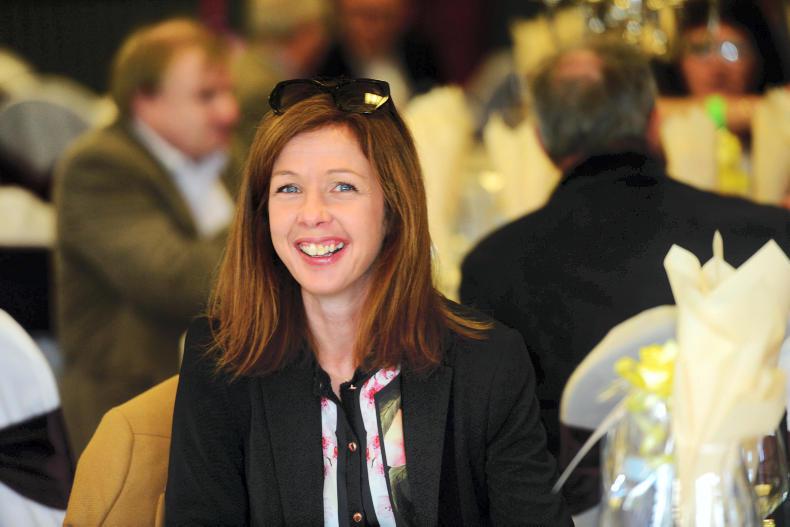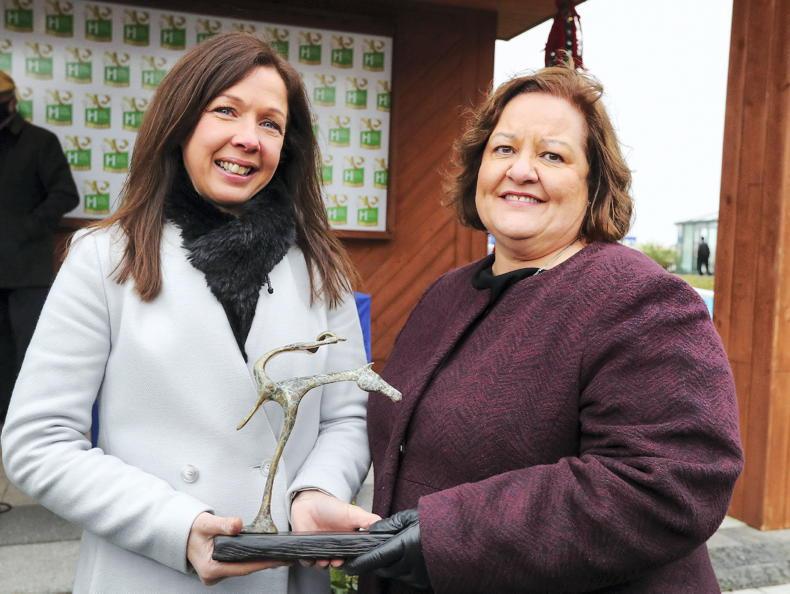Shortly into Michael Kiely’s PhD journey the “postage stamp” ideology was introduced to him. It plays upon the idea that jockey’s ability matters little in the success of a horse in any given race.
Despite the international popularity of horse racing, the physiological demands of racing for jockeys remain largely unknown. The athleticism of the jockey is often laughed about, even within the weighing room walls.
Funded by the Irish Research Council in conjunction with the Irish Horse Racing Regulatory Board (IHRB) the research is investigating the physical demands of jockeys over numerous flat and jump races which will have national and international applications. Under the supervision of Dr. Sarahjane Cullen (Waterford Institute of Technology), Dr. Giles Warrington (University of Limerick) and Dr. Adrian McGoldrick (IHRB) some of Ireland’s top National Hunt jockeys are currently being monitored.
The jockey scene in Ireland has never been as competitive and jockeys are realising that sports science may provide an edge.
How do the physical demands of racing compare other sports?
The research team is currently attending race meetings around the country, where physiological data on heart rate, blood lactate concentration (both of which are measures of intensity) and hydration surrounding a race are collated.
Heart rate is reported from a light weight strap worn around the chest, while blood lactate concentrations are measured using a portable analyser, with blood obtained from a pin prick to the ear.
The data has unveiled that jockeys are experiencing heart rate peaks above 90% of their maximum heart rate. Understandably these peaks are seen in the final furlongs where jockeys are pushing out in competitive finishes.
When they compare the data obtained to field sports such as Gaelic games or soccer, they see similar peak heart rate values reported. The average heart rate experienced by a jockey however is higher than athletes in field sports.
Although these pitch-based athletes experience longer game durations, we must be cognisant that jockeys can ride in multiple races in a day, several days a week with no established off-season.
The level of athleticism jockeys possess is often unbeknown to them. Michael Kiely says this is evident from both the physiological data and informal conversations in the weighing room when communicating the results.
Research published last February by the team presented evidence that riding out each morning does not sufficiently prepare jockeys to meet the intensity demands of racing.
Their survey on the physical preparation strategies of Irish jockeys which is yet to be published found that only 42% of jockeys are participating in any type of strength and conditioning or additional training outside of riding.
It is currently being advised to both participating and non-participating jockeys that additional fitness activities such as high intensity interval training (HIIT) will increase fitness and reduce the time it takes to recover between rides.
The role of the Jockey Pathway in improving athletic performance.
The perception of the jockey as an athlete is not a common one in the industry and this causes difficulties when providing sport-specific racing preparation guidelines. Fortunately for jockeys in Ireland there is a supportive performance pathway in operation that was developed as a result of the years of research completed by the IHRB Jockey Research Group on jockeys health and performance.
The Jockey Pathway’s primary goal is to ensure that all jockeys have access to a professional support system which will enable them to achieve the highest standards and prolong their careers.
In addition to psychological, nutritional and medical services which are free to all licensed jockeys, the strength and conditioning programme headed by Wayne Middleton in RACE is becoming more and more popular.
With support and funding through the CARE department in Horse Racing Ireland, individual programmes for jockeys are provided which can enhance strength, balance and mobility, while also reducing the risk of injury in a sport with frequent falls.
In addition, HIIT classes are attended which provide training that meets and exceeds the intensity of work jockeys are experiencing on race day.
A combination of modesty and resilience in jockeys has resulted in the industry under-appreciating the extraordinary physical demands they are exposed to.
The research is currently providing imperative data from which sport-specific training and performance testing guidelines can be established to improve jockey performance in what is one of the most demanding sports.
Jockeys; just a postage stamp? Most definitely not.
Michael Kiely is a PhD student in the Department of Exercise and Sports Science at WIT. He is also an established coach in Gaelic games, previously working with All Ireland winning teams in Clare and Limerick GAA.
For further information please email mikeykiely@hotmail.com or tweet @mikeykiely_
Wayne Middleton can be contacted by email at jockeypathway@hri.ie.


 This is a subscriber-only article
This is a subscriber-only article
 It looks like you're browsing in private mode
It looks like you're browsing in private mode









SHARING OPTIONS: